Common poisonous plants for dogs
Common poisonous plants for dogs
Tulip
Tulip contains concentrated toxins in the bulb. If dogs chew on this part, it can lead to severe poisoning. They may suffer from excessive salivation, vomiting, diarrhea, and even depression, seizures, and irregular heartbeat.
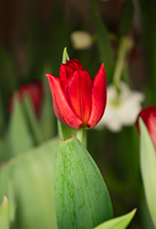

Chrysanthemum / Mums
Ingestion of chrysanthemums can lead to poisoning, resulting in symptoms such as vomiting, diarrhea, drooling, and dermatitis.
Narcissuse
The flower bulb of the narcissus is the most toxic part. Consumption of narcissus may lead to symptoms such as vomiting, diarrhea, and drooling. In cases of large ingestion, seizures, hypotension, tremor, and irregular heartbeat may be caused.
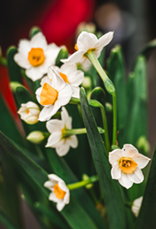
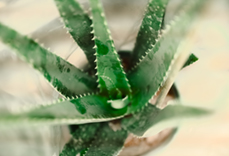
Aloe
Consumption of aloe can cause vomiting and diarrhea. It may also lead to change in the colour of their urine.
Azalea
Azalea can cause dogs to suffer from vomiting, diarrhea, weakness, and even heart failure.

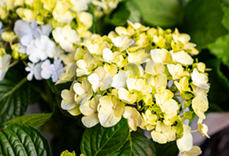
Hydrangea
Hydrangea contains a natural toxin called cyanogenic glycoside. Cyanide poisoning may disrupt the gastrointestinal function in dogs, leading to vomiting, diarrhea, and even depression.
Begonia
The soluble calcium oxalate found in begonia can cause poisoning in dogs, resulting in drooling, difficulty swallowing, and vomiting. The major toxins are concentrated in the roots of the plant.
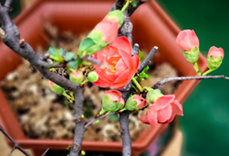
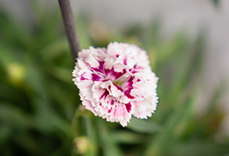
Carnation
Carnation can cause gastrointestinal discomfort and dermatitis if ingested.
Poinsettia
The white sap of poinsettia contains mild toxicity and can be irritating, similar to a detergent. Accidental ingestion can cause damage to the intestine, leading to nausea, vomiting, drooling, and diarrhea.
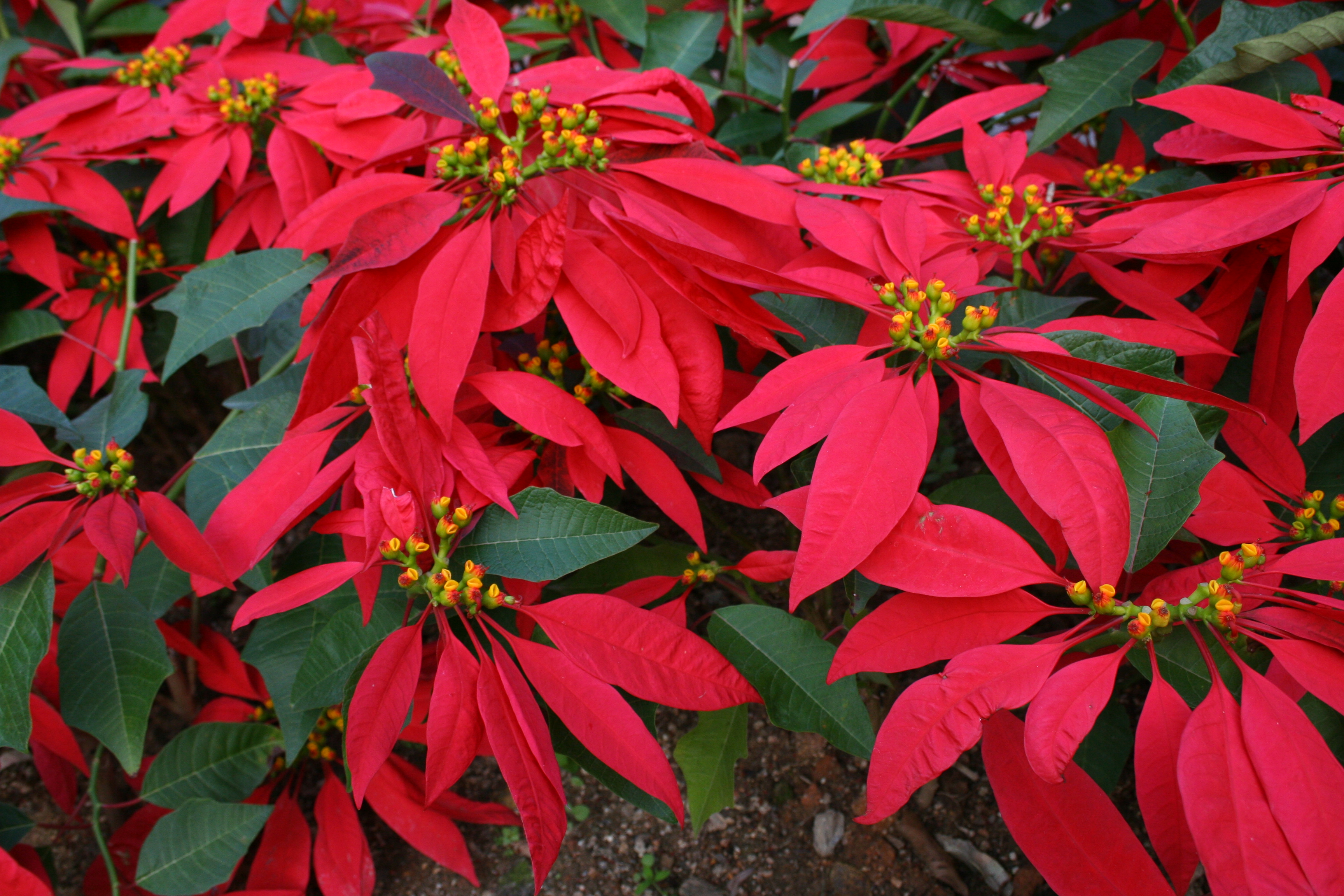
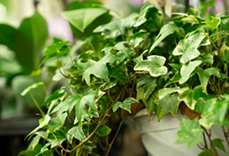
Ivy
Although not all ivies are poisonous, ingestion of certain types can be dangerous as they may cause irritation to the mouth and intestine of cats and dogs. Symptoms of ivy poisoning may include abdominal pain, diarrhea, vomiting, and drooling.